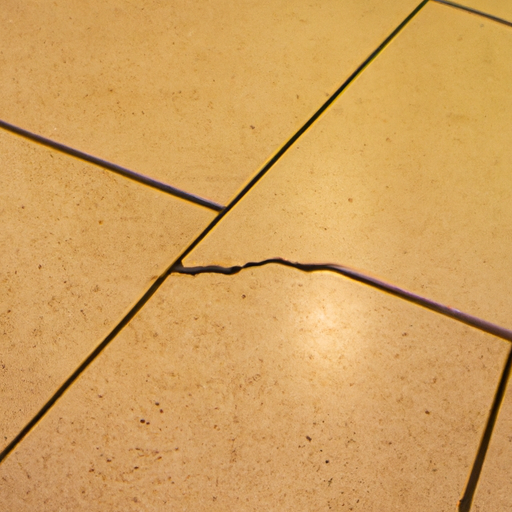What is Anti-Fracture Membrane for Tile? A Comprehensive Guide
When it comes to installing tile, ensuring its longevity and durability is crucial. One way to achieve this is by using an anti-fracture membrane. In this comprehensive guide, we will delve into what an anti-fracture membrane for tile is and how it can benefit your tile installation projects.
Understanding Anti-Fracture Membrane
An anti-fracture membrane is a thin layer of material that is applied between the subfloor and the tile. Its primary purpose is to prevent cracks and fractures in the tile caused by movement in the subfloor. This movement can occur due to various factors such as temperature changes, moisture, or settling of the building’s foundation.
How Does it Work?
The anti-fracture membrane acts as a barrier, absorbing the stress and movement that would otherwise be transferred to the tile. It provides flexibility and elasticity, allowing the tile to move slightly without cracking. By isolating the tile from the subfloor, the membrane ensures that any movement in the subfloor does not affect the integrity of the tile.
Benefits of Using Anti-Fracture Membrane
1. Prevents Cracks: The primary benefit of using an anti-fracture membrane is its ability to prevent cracks in the tile. By absorbing the stress and movement, it significantly reduces the risk of tile fractures, ensuring a long-lasting and visually appealing tile installation.
2. Increases Durability: With an anti-fracture membrane, the tile installation becomes more durable. It can withstand the natural movement of the subfloor, making it suitable for areas prone to temperature fluctuations or high foot traffic.
3. Reduces Maintenance: By preventing cracks and fractures, an anti-fracture membrane reduces the need for frequent repairs and maintenance. This saves both time and money in the long run.
4. Enhances Aesthetic Appeal: Cracked or fractured tiles can be unsightly and diminish the overall aesthetic appeal of a space. By using an anti-fracture membrane, you can ensure that your tile installation remains visually pleasing for years to come.
Installation Process
The installation of an anti-fracture membrane typically involves the following steps:
1. Prepare the Subfloor: Ensure that the subfloor is clean, dry, and free from any debris or contaminants.
2. Apply the Membrane: Follow the manufacturer’s instructions to apply the anti-fracture membrane evenly over the subfloor. Use a trowel or roller to ensure proper adhesion.
3. Allow for Drying Time: Give the membrane sufficient time to dry and cure before proceeding with tile installation. This duration may vary depending on the specific product used.
4. Install the Tile: Once the membrane is dry, you can proceed with the tile installation as per your usual process.
Conclusion
In summary, an anti-fracture membrane is a vital component in ensuring the longevity and durability of tile installations. By preventing cracks and fractures caused by subfloor movement, it enhances the overall aesthetic appeal and reduces maintenance requirements. When installing tile, consider using an anti-fracture membrane to protect your investment and enjoy a beautiful, long-lasting tile surface.




